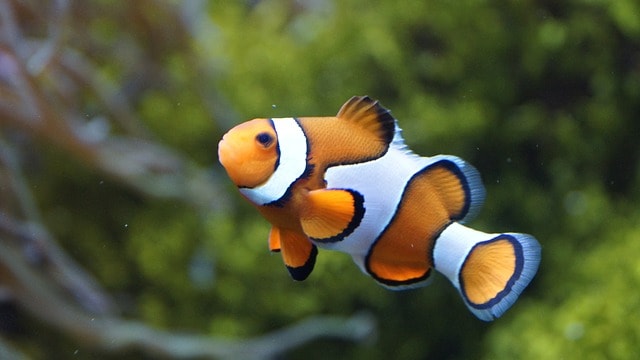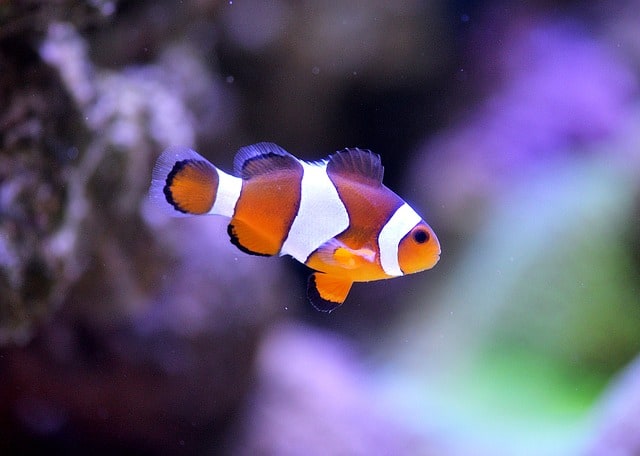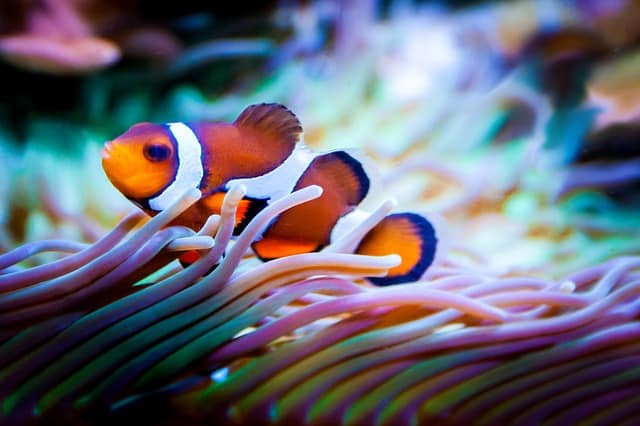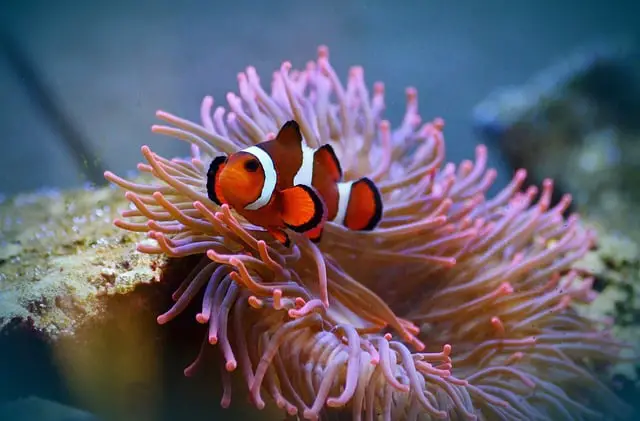There is always so much talk in the aquarium hobby world about breeding freshwater fish. This got me thinking about what the possibilities are for successfully breeding saltwater fish instead. I recently did some research on the topic for this article and this is what I came up with…
The best beginner saltwater fish for breeding in captivity include cardinalfish, clownfish, blue damsels, dottybacks, neon gobies, peppermint shrimp and seahorses. While many marine aquarium fish are still only available through sustainable wild collection, there’s an uptake of late for locally bred fish.
Now that you know there are at least 7 types of saltwater fish that can be bred easily in captivity, let’s dive deeper into this topic. I’ll discuss each species in more detail and explain how to encourage your saltwater fish to breed while increasing their chances of survival in a marine tank environment.
So, if you’re ready to learn more about breeding saltwater fish in captivity, then let’s begin!
Can Saltwater Fish be Bred in Captivity?
The saltwater aquarium trade has been charged for years with gathering habits that not only harm coral reefs, but also deplete wild fish populations. However, a current shift towards captive-bred marine fish is helping the marine aquarium industry work towards safe and sustainable wild collection practices.
While there are about 300 species of marine fish that can be bred in captivity, there are only a few with a high success rate. Aquatic conditions must be ‘just right’ to ensure both survival and reproduction of marine fish in a community tank environment.
What Percentage of Saltwater Fish Found in Aquariums are Bred in Captivity?
According to an article published in the National Geographic in May of 2016, only 17% of saltwater aquarium fish are capable of being bred in captivity. This was based on information collected by CORAL magazine, which publishes a new list annually of the different types of captive-bred marine fish.
Is it Possible to Breed Cardinalfish in Captivity?
There are 3 species of cardinalfish that can be easily bred in captivity. These include Banggai’s, longfin, and Kaudern’s. Their fascinating breeding habits include the male being responsible for gestating the fertilized eggs. He’ll carry them in their mouths until they hatch, emerging as fully developed juveniles!
Ideal water conditions are a must for cardinalfish to breed successfully in captivity. The temperature should be between 73 and 78 degrees Fahrenheit with a pH level of at least 8.0 and a salinity factor no greater than 1.025.
To increases the changes of cardinalfish breeding successfully, begin by purchasing a suitable pair from the same tank. Make to sure to allow enough time for the pair to acclimatize to your aquarium. When the female is ready to spawn, she’ll ‘dance’ or twitch to initiate mating.
Is it Possible to Breed Clownfish in Captivity?
There are number of different clownfish that can be bred in captivity. These include ocellaris, false percula, and maroons. The aquatic conditions must be ‘perfect’, otherwise survival rate for clownfish offspring will be marginal, at best.
To increase your chances of successfully breeding clownfish in captivity, you must have a large tank (40-gallons or bigger) with the correct water parameters – these include a temperature between 75 and 80 degrees Fahrenheit; a pH level ranging from 8.0 to 8.4; and a salinity factor of 1.020-1.025.
Purchasing a pair of already breeding clownfish or two juveniles from the same tank is recommended. As well, consider putting a smaller male in the same aquarium with an older, larger female to encourage clownfish to breed.
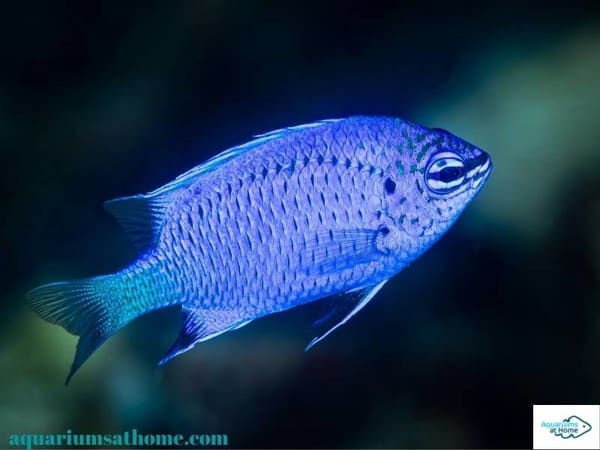
Is it Possible to Breed Damsels in Captivity?
Blue devil damselfish are known for their ability to breed easily and often in a community tank (or captive) environment. The female will signify her readiness to spawn by visiting the male’s nesting site. If she’s satisfied with what she sees, then she’ll lay her eggs for the male to fertilize.
Successful breeding requires near-perfect water conditions. The temperature of the tank should be quite warm (somewhere between 80 and 85 degrees Fahrenheit) with a pH ranging from 8.1 to 8.4 and a salinity factor between 1.020 and 1.026.
To increase the chances of successful captive breeding, make sure your aquarium is predator-free. As damselfish eggs are especially small, they’ll often be eaten by crabs, wrasses, and corals that also occupy the same tank space. Always remove the eggs and place them in a rearing tank before hatching.
Is it Possible to Breed Dottybacks in Captivity?
There are a variety of dottyback fish that can be bred in captivity including orchids, Fridman’s, and pseudochromis’. As they tend to reside in deep oceanic waters along ledges and vertical walls, they’re often difficult to collect in the wild.
Captive breeding of dottybacks requires specific aquarium conditions. A large tank containing at least 30 gallons of water with plenty of hiding places for cover. The temperature should be between 75 and 80 degrees Fahrenheit with a pH level ranging from 8.1 to 8.4 and a salinity factor of at least 1.020.
To improve the success rate of captive-bred dottybacks, be sure to put some PVC piping in the tank as a safe place for fish to lay their eggs in. Food plays a key role in offspring survival and since dottybacks are carnivores, they prefer live (instead of frozen) meaty food such as mysis and brine shrimp as well as krill.
Is it Possible to Breed Gobies in Captivity?
Neon gobies are quite prolific and can breed very easily in a captive environment. Females can lay up to 500 eggs in a single spawning session, but the average is usually somewhere around 250 eggs. Gobies are unique in that they form monogamous pairs with the male taking over the role of prime caregiver.
Proper water parameters for breeding gobies include a temperature somewhere between 72 and 78 degrees Fahrenheit, a pH level of 8.0 to 8.4 and a salinity factor no less than 1.010. Gobies are quite hardy and can survive in less-than-ideal aquatic conditions, even brackish water.
To improve breeding opportunities, purchase a pair of juveniles at the same time from the tank. This increases the likelihood of them bonding together once acclimated to your tank. Should you happen to get two females, one will often change sex! This provides an even better chance for mating successfully.
Is it Possible to Breed Peppermint Shrimp in Captivity?
Peppermint shrimp are the easiest species to breed in captivity. Since they’re hermaphroditic, you only need a random pair and if healthy, they’ll naturally mate in an aquarium. Once the eggs are fertilized, the larvae should be moved to a rearing tank to prevent predation by corals or small fish.
Settlement usually occurs about a month after hatching. All the babies need for food is some frozen brine shrimp, preferably enriched with phytoplankton. The tank should be warm (around 80 degrees Fahrenheit) with good circulation. Therefore, a heater, filter, and air pump are required.
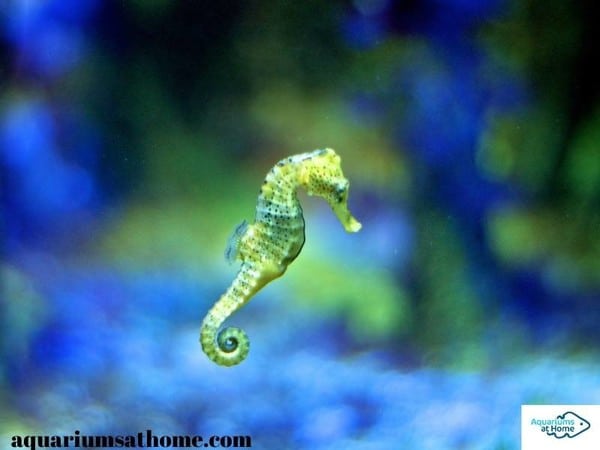
Is it Possible to Breed Sea Horses in Captivity?
There are a few different species of seahorse that can breed in captivity. These include the common, estuary, and yellow seahorse. These creatures are quite fragile and don’t travel well – meaning that wild-caught seahorses have a much higher mortality rate than those that are captive-bred.
Perfect water conditions are a must for seahorses to bred (and thus survive) in a community tank environment. They need warm water (around 80 degrees Fahrenheit), bright light, and a sweeping current. They also prefer live meaty foods but can be reared to adapt to the frozen varieties as juveniles.
What are Some Difficulties with Captive Breeding?
Captive breeding is not without its difficulties. Though it helps with oceanic conservation, it can also have detrimental effects on fish populations if the optimal conditions for reproduction aren’t met. Loss of genetic diversity due to inbreeding is the main concern.
That said, captive breeding of aquarium fish can have many positive results including a healthier community that are already accustomed to their aquatic environment. They’re also less likely to be exposed to potential stress and disease which can often result from a long, traumatic shipping process.
Conclusion
To conclude, the easiest saltwater fish to breed in captivity include cardinalfish, clownfish, blue damsels, dottybacks, neon gobies, peppermint shrimp and seahorses.
The survival rate for captive-bred marine fish can be greater than wild-caught fish as they aren’t susceptible to stress or disease often associated with being removed from their natural environment.
I hope this article has provided you with the necessary information you seek regarding captive-bred saltwater fish. Thanks for reading and good luck with your aquarium hobby!
Related Posts
Which Clownfish can be Kept Together?
What Saltwater Fish Can Live in a 5-Gallon Tank



